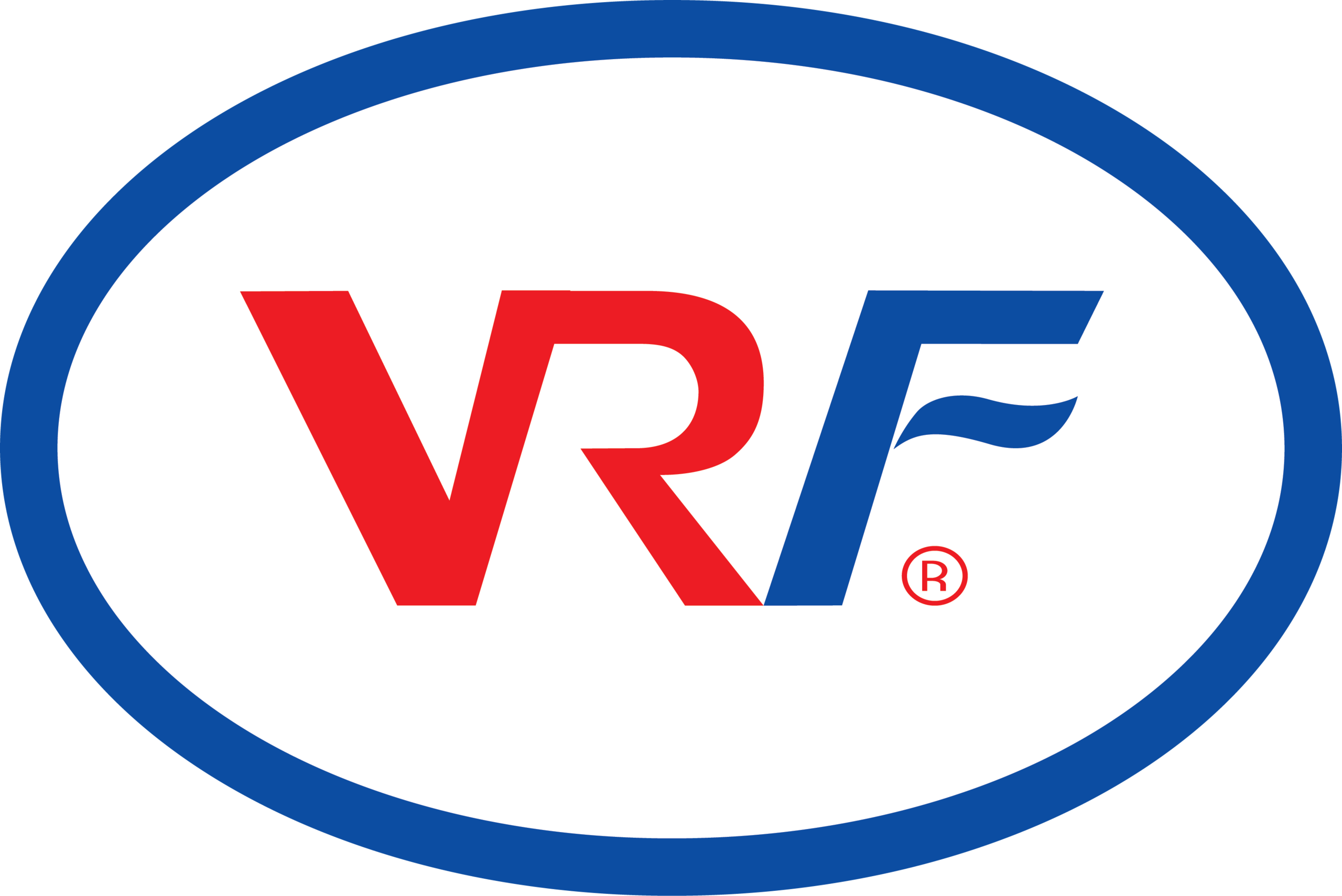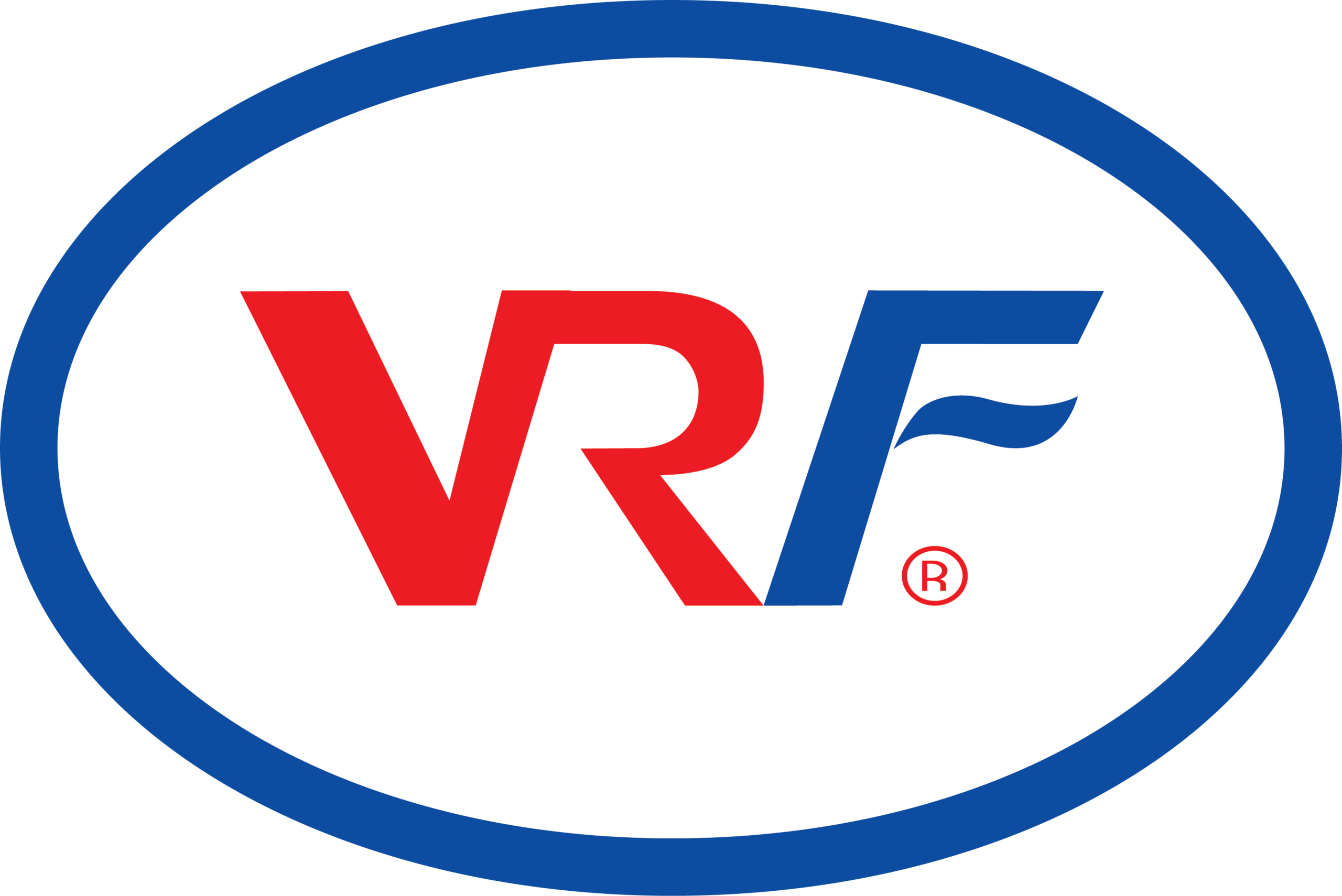The Glass Mat Market is experiencing rapid evolution as technological advancements in manufacturing and material science enable the production of high-quality glass mats for diverse applications. The increasing requirement for lighter, stronger, and heat-resistant materials is pushing manufacturers to innovate and enhance product performance.
Enhanced production processes such as advanced fiber alignment, resin integration, and automated quality control are contributing to superior product consistency. These innovations not only improve the structural integrity of glass mats but also reduce manufacturing costs, making them more attractive for industrial applications.
Another significant factor shaping the Glass Mat Market is the growing demand in the aerospace and automotive industries, where lightweight composite materials are critical for fuel efficiency and emission reduction. Additionally, rising investments in renewable energy infrastructure, particularly wind turbine blades, are further propelling demand.
According to Glass Mat market forecast, the adoption of technologically enhanced glass mats is expected to accelerate in the next decade, with a focus on sustainability, performance, and versatility. Manufacturers are also exploring bio-based resins and recyclable components to meet environmental regulations.
Strategic partnerships and mergers among key market players are facilitating knowledge sharing, technological development, and geographic expansion. Companies are leveraging their expertise to introduce tailored solutions for construction, marine, and industrial sectors.
In summary, technological innovation remains a pivotal factor in driving the Glass Mat Market, offering new opportunities for product differentiation and industry growth. Companies investing in advanced materials and eco-friendly solutions are well-positioned to capture emerging market segments.


